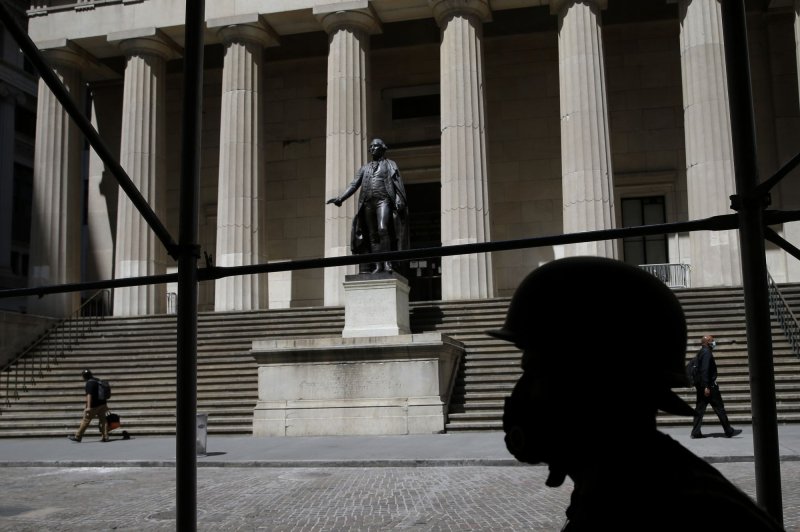
People of color and those living in poverty are at increased risk for infection and hospitalization with COVID-19, according to two new studies. Photo by John Angelillo/UPI | License Photo
Sept. 25 (UPI) -- Black Americans are five times as likely to get COVID-19 than those in other racial and ethnic groups, according to a study published Friday by JAMA Network Open.
The study, based on an evaluation of patients who were tested by a healthcare system in Milwaukee, also found that those living in poverty had a nearly four-fold increased risk for the catching the virus compared to those in middle- and high-income households.
"Milwaukee is one of the most segregated cities in the U.S., [and] race and poverty run in parallel with other factors that may increase person-to-person spread of the virus," study co-author Dr. Silvia Munoz-Price told UPI.
These "other factors" include living in crowded households, being unable to self-isolate because of their role as "essential" workers and the regular use of mass transportation, according to Munoz-Price, a professor of medicine at Froedtert Health and the Medical College of Wisconsin.
RELATED COVID-19 hospitalization rate for minorities far beyond share of population
"Additionally, minorities have higher burden of other medical conditions that may increase their risk for more severe COVID-19 disease triggering hospitalization," she said.
A separate analysis also published Friday by JAMA Network Open, highlighted that last point, in that COVID-19 patients with chronic kidney disease were greater than 50% more likely to die from the virus than otherwise healthy individuals.
In addition, obese patients had a roughly 40% higher risk for death from the virus, while patients with heart disease and diabetes prior to getting infected had a 20% higher risk, the data showed.
RELATED Racial disparities in death rates widen in U.S. rural areas, study says
Black Americans are at increased risk for all of these health problems compared to other racial and ethnic groups, according Dr. Madhur K. Garg, an oncologist at Montefiore Medical Center.
Through Friday morning, nearly 7 million Americans had been infected with COVID-19, based on estimates from Johns Hopkins University, which has been tracking the global pandemic.
People of color in the United States have been disproportionately affected, with higher rates of infection and hospitalization, research suggests.
RELATED CDC data highlight racial disparities in spread, scope of COVID-19 pandemic
The findings by Munoz-Price and her colleagues were based on an analysis of nearly 2,600 people who came to their Milwaukee-based health system for COVID-19 testing between March 12 and 31.
Fourteen percent tested positive for the virus, and 46% of those infected were Black Americans, the data showed.
In addition, "the location of patients' residences was strongly associated with testing positive for COVID-19," with those living in poorer neighborhoods -- based on household income data for ZIP codes within the city -- at increased risk for "getting admitted to the hospital" because of the virus, Munoz-Price said.
Garg and his colleagues based their findings on nearly 6,000 patients with the virus who were treated at the Montefiore Medical Center in the Bronx, N.Y., between March 14 and April 15.
Of these patients, 33% were Black American and 32% were Hispanic American, researchers. said.
Although the percentage of COVID-19 patients at the hospital who died from the disease was roughly the same across all racial and ethnic groups -- between 16% and 20% -- Black American and Hispanic American patients were more likely to have at least two chronic health conditions prior to getting infected -- 40% and 34% -- than White American patients, at 28%, the data showed.
Perhaps as a result, Black American patients were more likely to require treatment in the intensive care unit for COVID-19 than their White American counterparts.
"The Bronx was the worst-hit of New York City's five boroughs, and here we saw an increased infection rate and hospitalization rate among ethnic minorities," Garg said.
However, "the fact they had more underlying health conditions is the most important factor," he said.
No comments:
Post a Comment